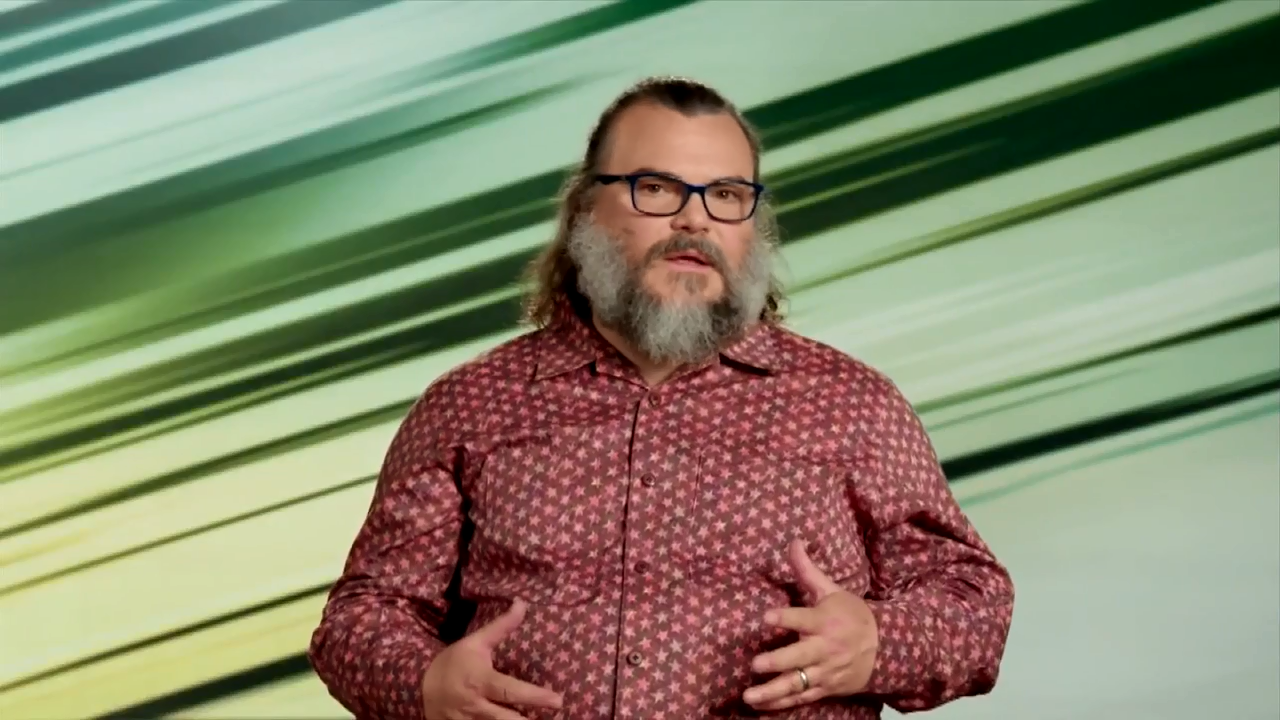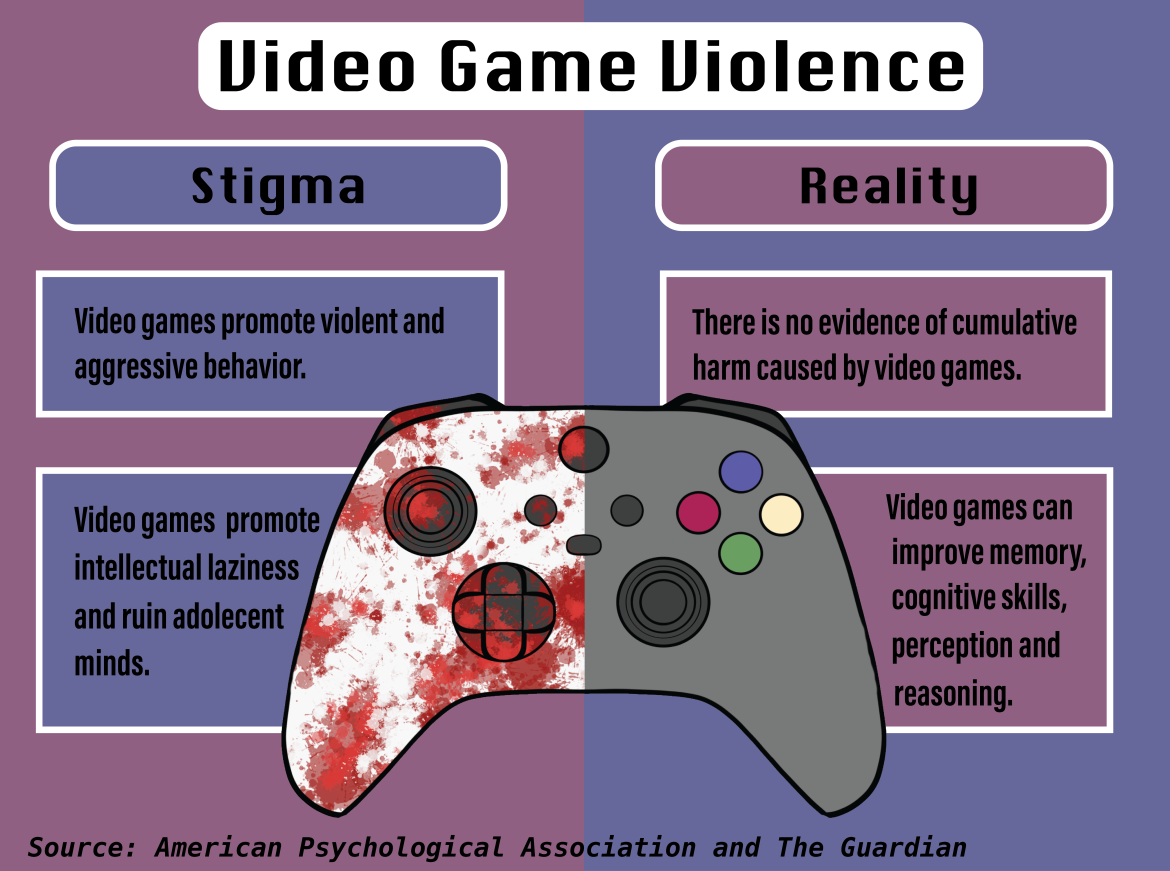Let’s be real for a sec here folks, violence makes our tummies tingle in ways we don’t always wanna admit. It’s like that weird, twisted sensation you get when you’re scrolling through social media or watching the news, and BAM! There it is—some shocking footage or story that makes your stomach churn but keeps you glued to the screen. It’s wild how our brains work, huh? We’re wired to react to danger, but sometimes, we can’t help but be fascinated by it too. So, why does this happen? Stick around, because we’re diving deep into this twisted phenomenon.
Now, before we go any further, let’s break it down real quick. Violence isn’t just about physical harm; it’s also about the emotional rollercoaster it triggers. Think about those suspenseful movies where the tension builds up, and you’re on the edge of your seat. That adrenaline rush? Yeah, it’s a powerful thing. And while we all like to think we’re above indulging in violent content, the truth is, it’s everywhere. From video games to TV shows, violence has become a staple in modern entertainment. But why? Why does violence make our tummies tingle?
This article isn’t just about pointing fingers or wagging our judgmental little fingers at society. Nope, it’s about understanding the psychology behind it all. Why do we crave drama, chaos, and even violence? How does it affect our mental health? And most importantly, how do we find balance in a world that seems obsessed with it? Buckle up, because we’re about to take you on a wild ride through the science, history, and societal impact of violence in our lives.
Read also:16 And Pregnant Samantha Hernandezs Journey Through Life
Table of Contents
- The Psychology Behind Violence Fascination
- A Brief History of Violence in Media
- Violence in Modern Media
- The Effects of Violence on Our Minds
- Impact on Children and Youth
- Societal Norms and Violence
- Mental Health Implications
- Finding Alternatives to Violence
- Wrapping It Up
- Sources and References
The Psychology Behind Violence Fascination
Alright, let’s talk psychology for a sec. Our brains are wired to detect danger—it’s a survival mechanism that’s been around since caveman days. When we see violence, whether it’s real or fictional, our brains go into overdrive. Dopamine, adrenaline, and cortisol all get released, creating that intense rush of excitement and fear. It’s like a cocktail of emotions that keeps us hooked.
But here’s the kicker: our fascination with violence isn’t just about fear. It’s also about curiosity. Humans are naturally drawn to the unknown, and violence often represents the darker side of human nature. It’s like peeking behind the curtain to see what makes people tick. And let’s be honest, it’s not always pretty. But that’s part of the allure—understanding the complexities of human behavior, even when it’s messy.
Why Do We Crave Drama?
Drama and conflict are the bread and butter of storytelling. From ancient myths to modern-day blockbusters, we’ve always been drawn to tales of good versus evil. It’s not just about entertainment; it’s about exploring the depths of human emotion. When we watch someone else’s tragedy unfold, it allows us to experience those emotions from a safe distance. It’s like a virtual rollercoaster ride for our brains.
- Our brains release dopamine when we experience excitement or fear.
- Violence triggers a fight-or-flight response, making us feel alive.
- We’re naturally curious about the darker side of human nature.
A Brief History of Violence in Media
Violence in media isn’t a new thing. Back in the day, gladiators fought to the death in ancient Rome, and people flocked to watch. Fast forward to the 20th century, and we’ve got everything from spaghetti westerns to horror movies. Each era has its own flavor of violence, but the fascination remains the same.
But here’s the thing: violence in media has evolved over time. In the past, it was more about spectacle and entertainment. Today, it’s often used as a tool to convey deeper messages or explore complex themes. Think about movies like “The Dark Knight” or “Mad Max: Fury Road.” They’re not just about blowing stuff up; they’re about exploring morality, power, and survival.
How Has Media Changed Our Perception of Violence?
With the rise of technology, violence has become more accessible than ever. We can stream live footage of protests, wars, and natural disasters from the comfort of our homes. While this gives us a window into the world, it also desensitizes us to the reality of violence. It’s like we’ve become numb to the horrors of the world, treating them as just another form of entertainment.
Read also:Unforgettable Eats A Journey Through The Worlds Most Memorable Food Experiences
- Violence in media has evolved from spectacle to storytelling.
- Technology has made violence more accessible, but also more desensitizing.
- We need to be mindful of how we consume violent content.
Violence in Modern Media
Nowadays, violence is everywhere. It’s in our movies, TV shows, video games, and even social media. From action-packed blockbusters to gritty crime dramas, it seems like every form of entertainment has a touch of violence. But why is it so prevalent? And what does it say about our society?
One reason violence is so popular is because it sells. It’s a proven formula for grabbing attention and keeping audiences engaged. But that doesn’t mean it’s always done responsibly. Sometimes, violence is used as a cheap thrill, without any real substance or meaning. And that’s where the problem lies.
What Are Some Examples of Responsible Violence in Media?
Not all violent content is created equal. Some creators use violence as a tool to tell powerful stories and explore important themes. For example, movies like “12 Years a Slave” and “Schindler’s List” use violence to shed light on historical atrocities and human suffering. These stories aren’t just about shock value; they’re about education and empathy.
- Violence in media can be used to tell meaningful stories.
- Creators have a responsibility to use violence responsibly.
- Audiences should be critical consumers of violent content.
The Effects of Violence on Our Minds
So, what happens when we consume violent content? Well, it depends. For some people, it’s just entertainment. For others, it can have a lasting impact on their mental health. Studies have shown that exposure to violence can increase aggression, anxiety, and even PTSD in certain individuals. But it’s not all doom and gloom. Some people are able to process violent content without any negative effects.
It’s important to note that everyone’s brain is different. What might be disturbing to one person could be harmless to another. That’s why it’s crucial to be mindful of how much violent content we consume and how it affects us personally.
Can Violent Content Be Therapeutic?
Believe it or not, some people actually find violent content therapeutic. For example, playing a violent video game can be a way to release stress or frustration. It’s like a virtual outlet for pent-up emotions. Of course, moderation is key. Too much of anything can be harmful, so it’s important to strike a balance.
- Violent content can have both positive and negative effects on mental health.
- Individual responses to violence vary greatly.
- Moderation and mindfulness are key to healthy consumption.
Impact on Children and Youth
When it comes to violence and children, the stakes are higher. Developing brains are more impressionable, and exposure to violent content can have long-term effects. Studies have shown that children who watch violent media are more likely to exhibit aggressive behavior and have difficulty empathizing with others. But it’s not all bad news. With proper guidance and education, parents and guardians can help children navigate the world of violent content.
One effective strategy is to talk to kids about what they’re watching. Help them understand the difference between fiction and reality, and encourage them to think critically about the messages they’re receiving. It’s all about creating a safe and supportive environment for them to explore the world around them.
What Can Parents Do to Protect Their Kids?
Here are a few tips for parents who want to protect their kids from the negative effects of violent media:
- Set age-appropriate limits on media consumption.
- Encourage open communication about what they’re watching.
- Provide alternative forms of entertainment, like books or creative activities.
Societal Norms and Violence
Violence isn’t just a personal issue; it’s a societal one. Our culture often glorifies violence, whether it’s in sports, entertainment, or even politics. We reward aggression and toughness, sometimes at the expense of empathy and compassion. But it doesn’t have to be this way. By shifting our societal norms, we can create a world that values peace and understanding over conflict and chaos.
One way to do this is by promoting positive role models. Instead of glorifying violent behavior, we can celebrate acts of kindness and bravery. We can also support initiatives that aim to reduce violence in communities, like after-school programs and mental health resources. It’s all about creating a culture of care and compassion.
How Can We Change the Narrative?
Changing societal norms isn’t easy, but it’s possible. Here are a few ways we can start:
- Promote positive role models in media and real life.
- Support initiatives that reduce violence in communities.
- Encourage empathy and understanding in everyday interactions.
Mental Health Implications
Let’s talk mental health for a sec. Violence can have a profound impact on our mental well-being, whether we’re directly exposed to it or just witness it through media. For some people, it can trigger anxiety, depression, or even PTSD. But here’s the thing: we don’t always talk about it. Mental health is still stigmatized in many parts of the world, and that needs to change.
If you’re struggling with the effects of violence, know that you’re not alone. There are resources available to help you cope, from therapy to support groups. It’s okay to ask for help, and it’s even more important to take care of yourself. Remember, your mental health matters.
What Are Some Ways to Cope with Violent Content?
Here are a few tips for coping with the effects of violent content:
- Limit your exposure to violent media.
- Practice mindfulness and self-care techniques.
- Seek professional help if needed.
Finding Alternatives to Violence
So, if violence isn’t the answer, what is? Well, there are plenty of alternatives to violence that can be just as engaging and thought-provoking. From puzzles and strategy games to heartwarming dramas and documentaries, there’s no shortage of content that doesn’t rely on violence to captivate audiences. It’s all about expanding our horizons and exploring new forms of entertainment.
And let’s not forget the power of storytelling. Some of the most impactful stories don’t involve violence at all. They’re about connection, growth, and transformation. By seeking out these kinds of stories, we can nourish our minds and souls in a positive way.
What Are Some Non-Violent Entertainment Options?
Here are a few ideas for non-violent entertainment:
- Watch heartwarming dramas or documentaries.
- Play puzzle or strategy games instead of violent ones.
- Read books that explore themes of love, friendship, and adventure.
Wrapping It Up
Alright, folks, let’s recap. Violence makes our tummies tingle for a variety of reasons, from our primal survival instincts to our natural curiosity about the darker side of human nature. But it’s important to remember that not all violent content is created equal. Some of it can be meaningful and thought-provoking, while other forms can be harmful and desensitizing.
As consumers of media, we have the


